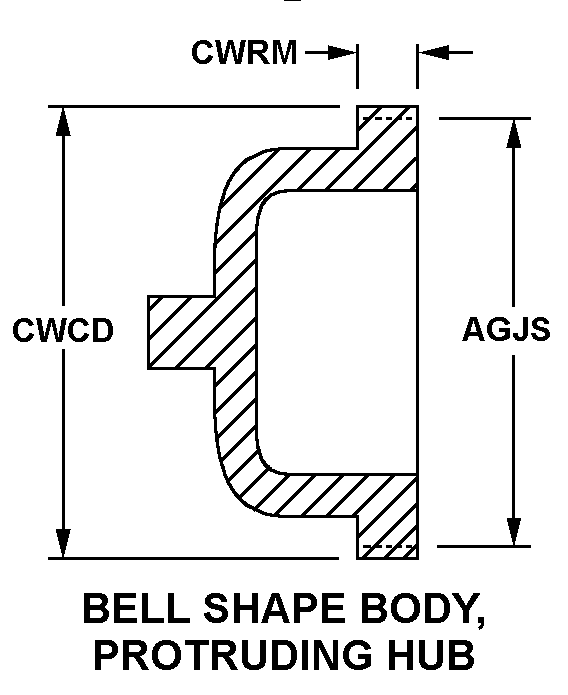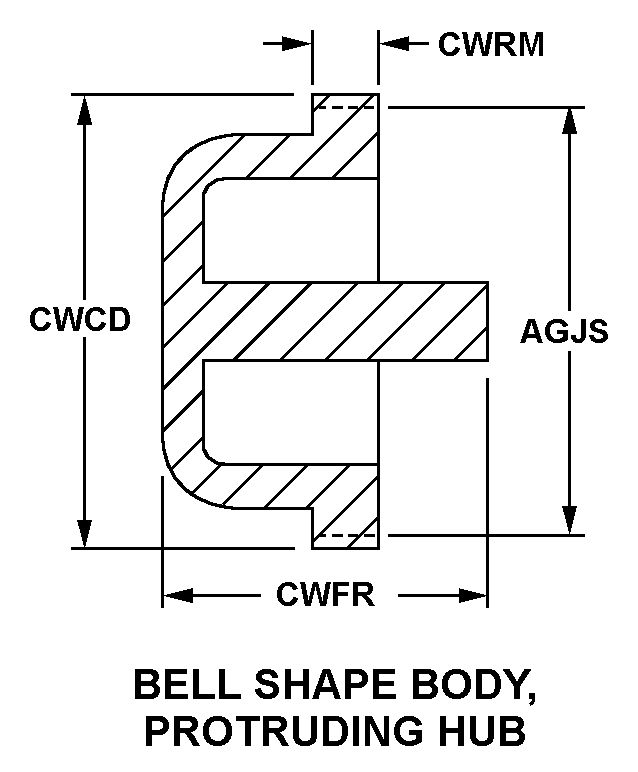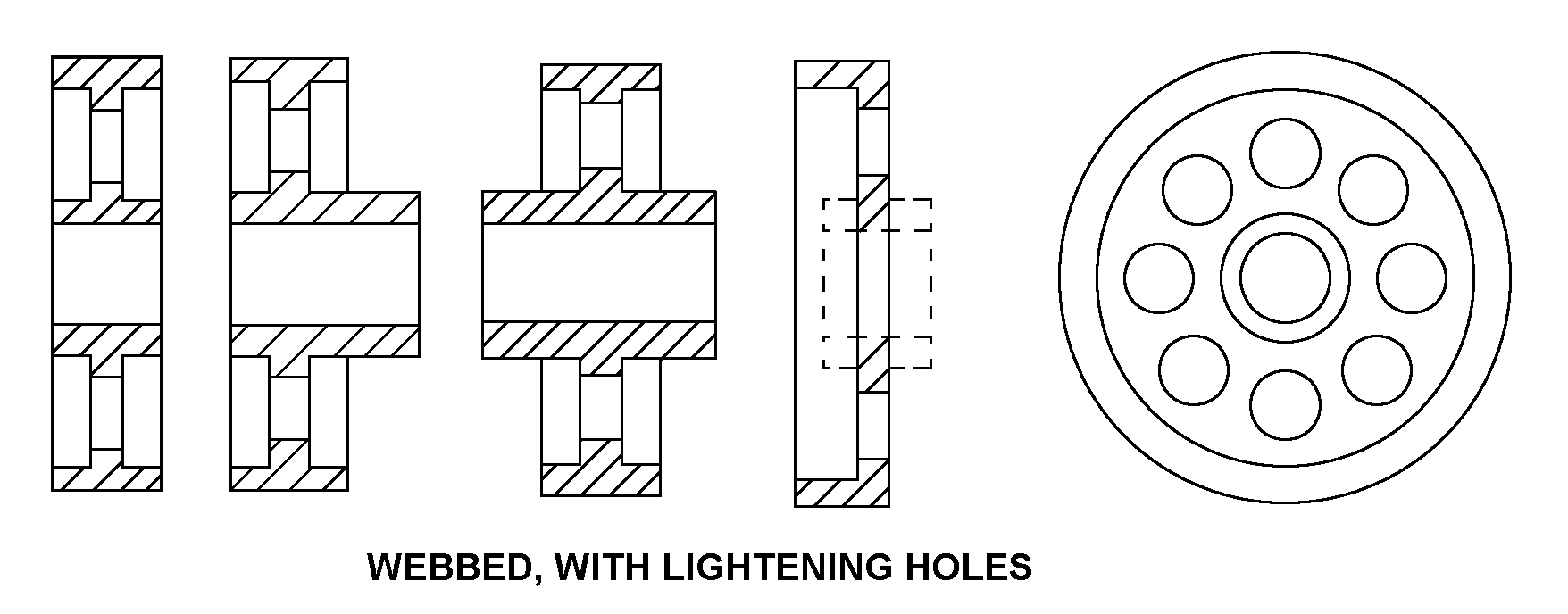3020003857768
Price Quote Get an up to date pricing and availability quote for this product. Order online or over the phone.
Quality Commitment
Serving our customers with quality and safety first.
- AS9120 Certified
- Audited supply chain
- ITAR Registered
- DDTC Registered
- HAZMAT Certified
- Customer service objectives
- Every product 100% inspected

3020-00-385-7768 Specification Set by the OEM (see RNCC code 3)
webbed, with lightening holes
mounting hole
10.0000in.
60
tapered w/keyway second end
grade c
unc axially through body, first end
30.0 rockwell c and 32.0 rockwell c
0.500in. axially through body, first end
2 threaded axially through body, first end
10.249in.
stub
20.0000 degrees
4.0625in. second end
4.062in. first end
2.125in.
0.3745in. second end
0.947in. second end
1.496in. second end
plain second end
3.000in. second end
quality number 6
Z63 microinch aa finish on tooth surfaces, 2 oppposed 0.578 in. holes with 0.375-18 npt thd 0.500 deep in bell body perpendicular to keyway of bore, first end bell body counterbore to 3.756 in. min to 3.757 in. max dia by 1.187 in. deep
steel
oxide
MIL-C-13924, class 1 mil spec single treatment response
bell shape body, protruding hub
Cross Reference Parts Part numbers that meet the specification outlined on this page and set by the OEM
Identification Item Identification Guide (IIG) and Item Name Code (INC)



Definition Definition of approved item name (AIN): "GEAR,SPUR"
A gear, cylindrical in form, with straight teeth on the outer surface parallel to the axis of the gear. See also gear, antibacklash, spur. For bulk material, see rod, pinion.
3020-00-385-7768 Material Hazmat, Precious Metals, Criticality, Enviroment, and ESD
Indicates there is no data in the hmirs and the nsn is in a fsc not generally suspected of containing hazardous materials.
Precious metal content is unknown
The item does not have a nuclear hardened feature or any other critical feature such as tolerance, fit restriction or application.
Identification Codes
HMIC: Hazardous Material Indicator Code. A one position code that identifies a hazardous item.
PMIC: Precious Metal Indicator Code. A one position code which identifies items that have precious metals as part of their content. precious metals are those metals generally considered to be uncommon, highly valuable, and relatively superior in certain properties such as resistance to corrosion and electrical conductivity.
ESD: Electrostatic Discharge. Indicates if an item is susceptible to electrostatic discharge or electromagnetic interference damage. electrostatic discharge damage occurs when an accumulation of static electricity generated by the relative motion or separation of materials is released to another item by direct contact. electromagnetic interference damage occurs when an item comes into proximity with an electrostatic or magnetic field.
ENAC: Enviromental Attribute Code. Identifies items with environmentally preferred characteristics.
CRITL: Criticality Indicator Code. Indicates an item is technically critical by tolerance, fit, application, nuclear hardness properties, or other characteristics.






